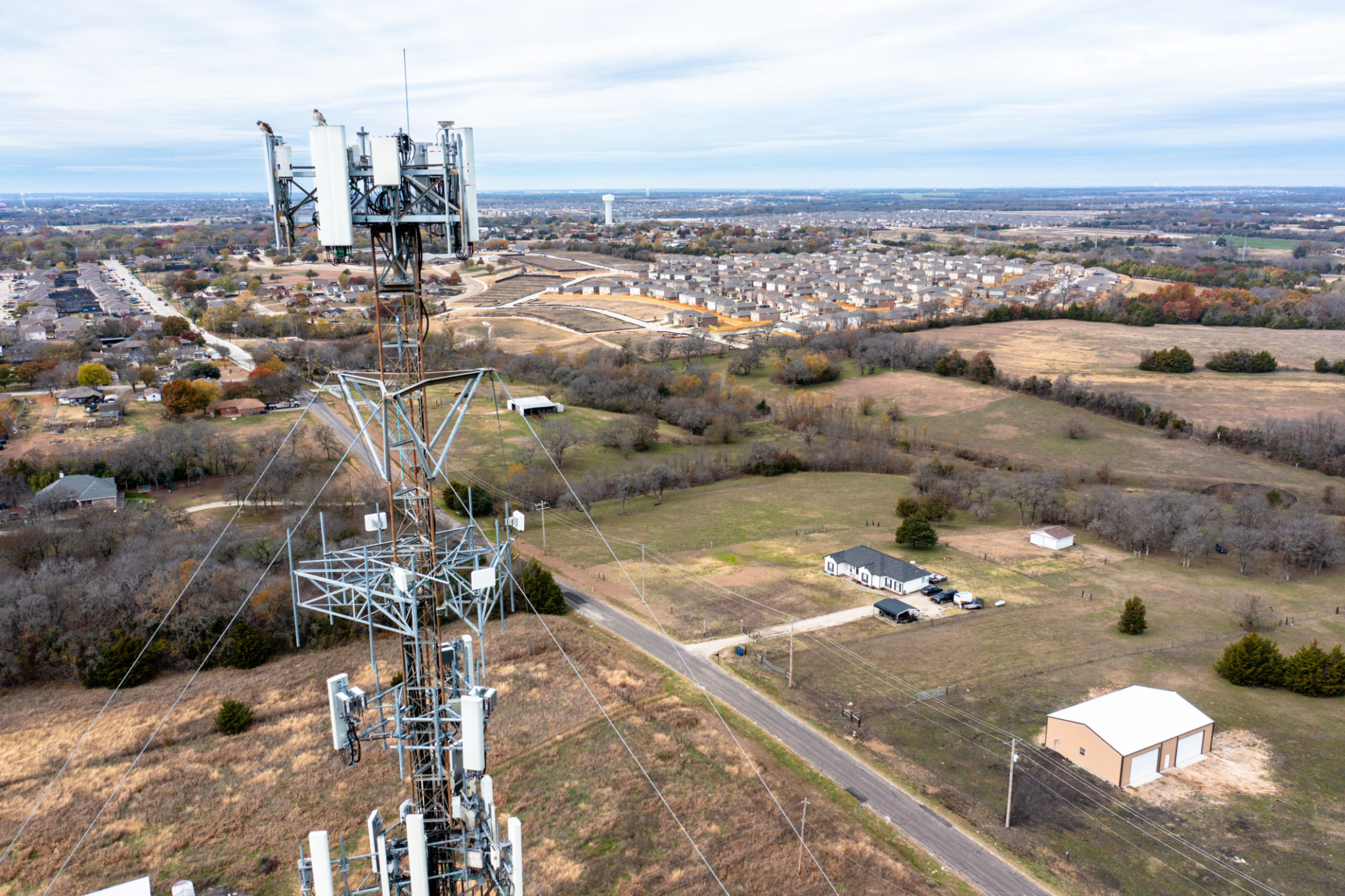How 5G Networks are Revolutionizing Connectivity in Texas
Introduction to 5G Networks
In recent years, Texas has become a significant hub for technological advancements, and the adoption of 5G networks is at the forefront of this revolution. As one of the most populous and economically robust states in the U.S., Texas stands to benefit immensely from the enhanced connectivity and speed that 5G offers. This next-generation network promises to transform how we live, work, and interact with technology.
5G technology is designed to provide faster speeds, lower latency, and greater capacity than its predecessors. This means that everything from streaming services to smart city applications will experience substantial improvements. As these networks continue to roll out across Texas, businesses and consumers alike are preparing for a new era of connectivity.

Enhancements in Speed and Connectivity
One of the most significant advantages of 5G networks is the dramatic increase in data transfer speeds. Compared to 4G LTE, 5G can be up to 100 times faster, allowing users to download entire movies in seconds or stream high-definition content without buffering. This speed is particularly beneficial for urban areas in Texas, where high data demand is the norm.
Moreover, 5G's low latency ensures real-time communication, which is crucial for applications like virtual reality (VR) and augmented reality (AR). These advancements are opening new doors for industries such as gaming, healthcare, and education across Texas, offering more interactive and immersive experiences.
Impact on Businesses and Innovation
Texas businesses are poised to take full advantage of 5G technology, which supports the implementation of the Internet of Things (IoT) on a broader scale. With improved network capabilities, companies can deploy more IoT devices to enhance operations, from smart factories to automated agriculture. This connectivity allows for real-time data analysis and decision-making, streamlining processes and reducing costs.

Furthermore, 5G networks are driving innovation by enabling startups and tech companies to develop new applications and services. The state's diverse tech ecosystem is already experiencing a surge in creative solutions designed to leverage the power of 5G, fostering economic growth and job creation.
Transforming Urban and Rural Areas
While urban centers like Austin, Dallas, and Houston are quickly adopting 5G, rural areas in Texas also stand to gain from this technology. With better connectivity, these communities can access telemedicine services, online education platforms, and remote work opportunities that were previously out of reach due to limited internet access.
The expansion of 5G into rural regions helps bridge the digital divide, ensuring more equitable access to technology and information. This can have a profound impact on local economies by providing opportunities for innovation and entrepreneurship in areas that have traditionally been underserved.

Challenges and Considerations
Despite its potential, the rollout of 5G networks in Texas comes with challenges. Infrastructure development requires significant investment and coordination among various stakeholders. Additionally, there are concerns about privacy and security as more devices become interconnected.
Addressing these challenges will require collaboration between government agencies, private companies, and local communities. By working together, Texas can ensure a smooth transition to 5G while safeguarding the interests of all stakeholders.
The Future of Connectivity in Texas
As 5G networks continue to expand across Texas, the state is on the brink of a technological transformation. The benefits of faster speeds, increased connectivity, and innovative applications promise to reshape industries and improve quality of life for residents.
Looking ahead, Texas is well-positioned to become a leader in the 5G revolution, setting an example for other states to follow. By embracing this technology, Texas can unlock new opportunities for growth and lead the way into a more connected future.
